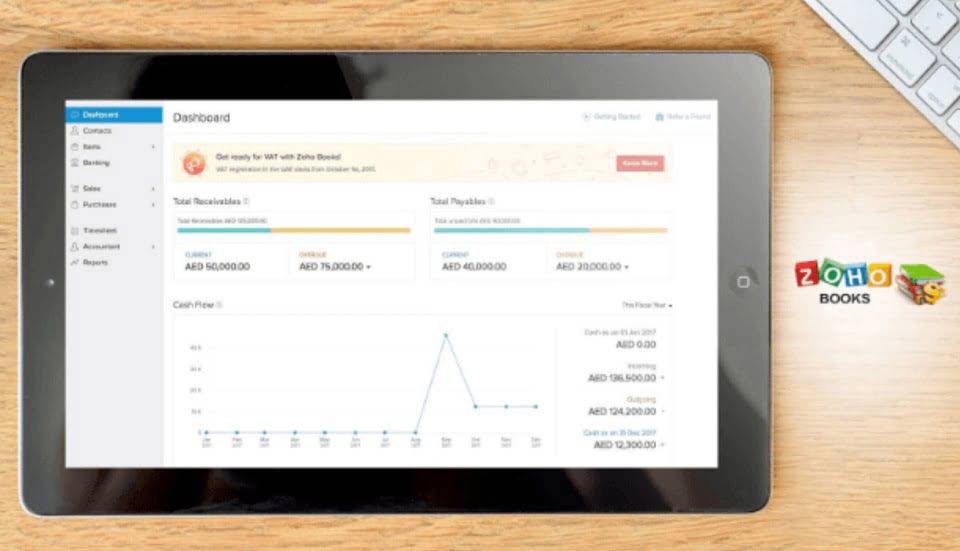Content

The main idea behind giving customers this payment option is to make your products available for everyone and build strong customer relationships which leads to more good deals and improves your company’s working capital as well. For instance, let’s examine an example where the use of funds (receivables and inventory) totals $800,000, and the source of funds (suppliers) amounts to $500,000. In this case, the company requires a working capital of $300,000 to sustain its day-to-day operations.
While applying analytical tools, organizations can also explore processes that underlie the working capital financial landscape. They may identify obstacles impeding collections, for example, and they can explore whether the problem lies in processes, people, technology, or external factors that may be difficult or impossible to control. Implement the quick wins that generate significant benefits and are controlled by the company.
Streamlined Receivables and Payables
Working capital estimates are derived from the array of assets and liabilities on a corporate balance sheet. By only looking at immediate debts and offsetting them with the most liquid of assets, a company can better understand what sort of liquidity it has in the near future. By freeing trapped cash on the balance sheet through working capital improvements, companies can fuel growth, pay down debt, or return capital to shareholders. For those tasked with managing working capital, the Goldilocks principle may feel like a daily reality. If the company has too much working capital, cash may not be properly deployed to grow the business.
Morgan’s Research Department and therefore, has not been prepared in accordance with legal requirements to promote the independence of research. It is for distribution to institutional and professional clients only and is not intended for retail customer use. J.P. Morgan, JPMorgan, JPMorgan Chase and Chase are marketing names for certain businesses of JPMorgan Chase & Co. and its subsidiaries worldwide (collectively, “JPMC”).
Experience & Impact
Improving NWC is cheaper and less risky than eliciting new bank loans, other debt instruments, or equity, even when interest rates are low—and it is undoubtedly less painful than cost cutting, the other primary source of internal financing. Internal funding is essential to building corporate resilience, no matter the economic environment. In a downturn, external financing can be tough to find, and in an upturn, high interest rates can make external funding expensive. Even when interest rates remain low, banks may be cautious about providing fresh capital—just when it’s needed most.
Successful companies recognize the power of skilled cash management to strengthen the balance sheet. Improving the cash conversion cycle generates immediate liquidity to fund other transformative initiatives, increases enterprise value, improves credit rating and raises performance net working capital optimization in the organization. Since the elements of NWC touch every part of a company’s operations, there are almost always opportunities to refine receivables, payables and inventory. Leaders tailor their actions to their operating ecosystem and work to embed a cash culture.
Receivable Management
All services are subject to applicable laws, regulations, and applicable approvals and notifications. The Company should examine the specific restrictions and limitations under the laws of its own jurisdiction that may be applicable to the Company due to its nature or to the products and services referred herein. Notwithstanding anything to the contrary, the statements in this material are not intended to be legally binding.
- When a working capital calculation is negative, this means the company’s current assets are not enough to pay for all of its current liabilities.
- LiquidityIQ first performs a rapid assessment of the current working capital process through our analytics tool and process maturing solution.
- Understanding the operational and financial cycles is fundamental to optimizing net working capital.
- Together these functions must process and negotiate all trade receivables and trade payables, money owed, and money earned.
- It’s a commonly used measurement to gauge the short-term health of an organization.
- Leaders also collect information from multiple functions to understand the current state of cash conversion.
- This blog post will explore practical strategies and expert advice to empower you to optimize your net working capital effectively.
They know every day of operating with improved working capital can deliver significant rewards. It ensures that the company has sufficient funds to meet its operational needs, such as managing inventory levels, paying suppliers on time, and extending appropriate credit terms to customers. By striking the right balance between current assets and liabilities, businesses can avoid liquidity issues, minimize financing costs, and maximize operational efficiency.
The Average Inventory Period
While NWC dashboards help central teams monitor NWC levels, discover potential levers, and oversee improvements, operational apps can be deployed to help the business operate more efficiently and execute more measures locally. NWC management typically involves a broad range of people, from departments across the organization. Sales staff, in particular, will be tasked with approaching different customers to remind them of payments due. One way to facilitate this effort is to use an app that weekly informs the business which customers are overdue and why, or which customers may become overdue given the results of predictive modeling.

A similar financial metric called the quick ratio measures the ratio of current assets to current liabilities. In addition to using different accounts in its formula, it reports the relationship as a percentage as opposed to a dollar amount. Most major new projects, such as an expansion in production or into new markets, require an upfront investment. Therefore, companies that are using working capital inefficiently or need extra capital upfront can boost cash flow by squeezing suppliers and customers. In Scenario B, the seller delivered a net working capital that is lower than the Peg.